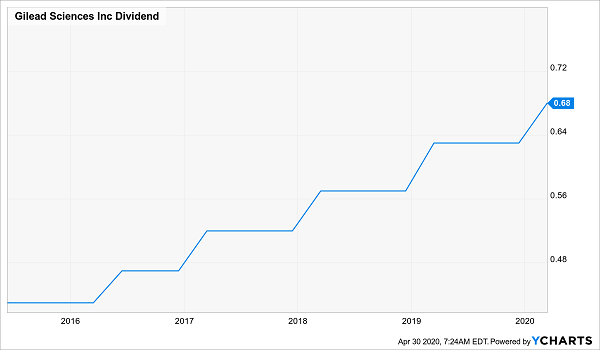Bear markets can be painful, but they also create “once-in-a-decade” buying opportunities for dividend investors. For example, there are four big names yielding between 9.9% and 15.9% that are literally the leaders in their respective industries. (We’ll review them shortly.)
Bull markets simply don’t boast yields anywhere this high. And double-digit yields can drastically change a retirement game plan.
I’ve complained for years that, if you had a million bucks to plunk down on blue chips and bonds, you’d only be able to wring out about $20,000 to $30,000 in dividends and interest each year. But right now, you can take a nest egg half that size, and generate anywhere between $49,500 to $79,500 annually in dividend cash.… Read more




Recent Comments